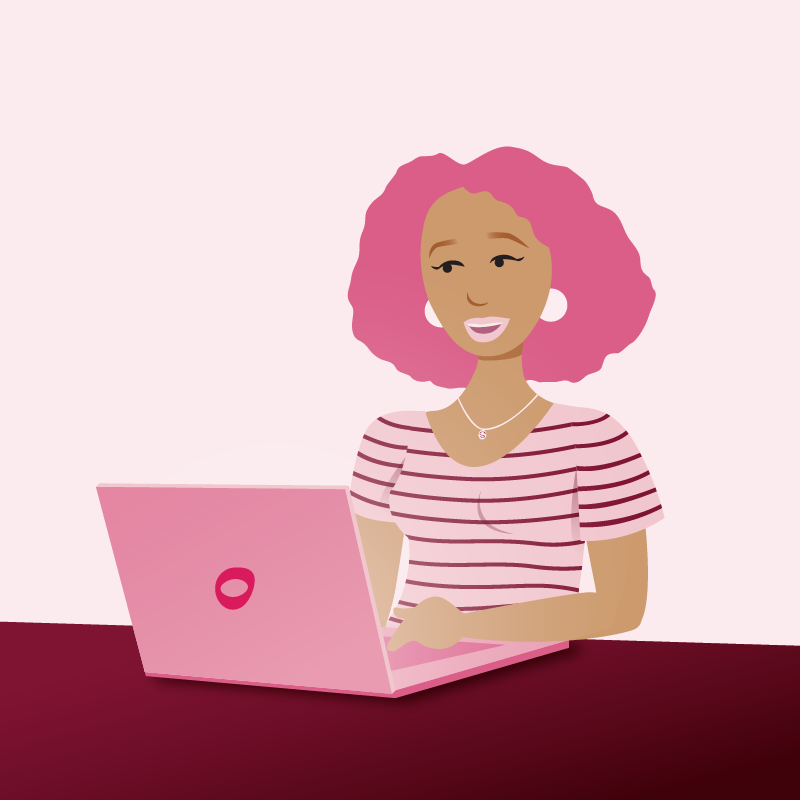
10 Nutrition Tips for Pregnant Women
During your pregnancy, you’re eating for two. That means you need to eat more, and you need to eat better. As a result, your diet
According to the American Academy of Dermatology (AAD), it’s common to lose 50 to 100 hairs per day. Any more than this could mean you’re shedding more than you should, which could contribute to overall thinning hair. Unlike widespread hair loss, thinning hair doesn’t necessarily cause baldness. It does, however, give the appearance of sparser spots of hair on your head. Thinning hair typically happens gradually, which means you have time to pinpoint the causes and figure out the best treatment measures.
Thinning hair may be caused by lifestyle habits, genetics, or both. Certain medical conditions may also lead to thinning hair. Lifestyle habits may include:
Thinning hair may also be hereditary or from underlying medical conditions. You might have thinning hair if you:
Less commonly, thinning hair may be caused by:
Some cases of thinning hair may be treatable at home. Consider the following options, but be sure to talk with your doctor fist.
A scalp massage is perhaps the cheapest method of trying to get thicker hair. It doesn’t cost anything, and if done correctly, it isn’t harmful. When you wash your hair, gently apply pressure with your fingertips around your scalp to encourage blood flow. For even more benefits, you can try a handheld scalp massager to also remove dead skin cells.
Lavender oil has been used with success by some people with pattern baldness. It’s also backed by animal research from 2016, though human studies are needed to confirm its effects. Lavender is often combined with other oils, such as those made from rosemary and thyme. Still, there’s not enough evidence that essential oils can treat baldness or thinning hair. If you do decide to give this treatment a go, make sure that your essential oil is diluted in a carrier oil. Test a small amount of the oil on your arm and wait 24 hours to see if any reaction develops. Redness or other irritation, hives, or a rash could indicate an allergic reaction.
Anti-thinning shampoo works in two ways. First, such products provide volume for your hair, so it looks thicker. This can be helpful for people who have thinning or naturally fine hair. Shampoos for thinning hair or hair loss also contain vitamins and amino acids to promote a healthier scalp. To get the best results, use these products as directed. You can also ask your doctor about a prescription-strength shampoo.
Healthy hair is dependent on your overall good health. In cases of malnourishment, or with certain eating disorders, new hair may fail to generate from follicles. A blood test can help determine if you have a nutrient deficiency. If you’re low in several key areas, your doctor might recommend a daily multivitamin. Healthy hair needs iron, folic acid, and zinc to keep growing thick and strong. However, you should avoid taking any extra vitamins if you’re already getting the nutrients you need. There isn’t any evidence that doing so will reverse thinning hair, and getting too much of certain nutrients may actually do more harm than good.
Folic acid is a type of B vitamin that’s important for new cell generation. A few studies have suggested that folate deficiency may be associated with some types of hair loss. But as with multivitamins, there isn’t enough evidence that folic acid is guaranteed to help make your hair thicker.
Biotin, or vitamin B-7, is a water-soluble nutrient that’s naturally found in foods, such as nuts, lentils, and liver. If you eat a balanced diet, it’s unlikely that you’re low in biotin. However, supplemental forms of biotin have been on the rise in recent years, thanks in part to marketers promising more energy and better hair growth with such products. While biotin helps break down enzymes in your body, there’s little evidence that it can help with thinning hair. You shouldn’t take biotin if you take vitamin B-5 supplements. When taken together, they can reduce the efficacy of one another.
Omega-3 and omega-6 fatty acids are called essential fatty acids. This is because they can’t be made by the human body. Omega-3 helps your body fight inflammation, an underlying cause of numerous conditions. Premature hair loss may also be related to inflammation. Omega-6, on the other hand, is important for overall skin health, which might benefit the scalp. Plant-based oils are primary sources of omega-6, while omega-3 fatty acids are found in fish and some seeds. If you don’t normally consume such foods, talk with your doctor about taking a supplement.
Best known as its brand-name Rogaine, minoxidil is an over-the-counter hair loss treatment approved by the Food and Drug Administration (FDA). When applied directly to the scalp twice a day, minoxidil may gradually thicken hair in balding spots. The product is available in either liquid or foam, depending on your preference. Rogaine can take up to 16 weeks for visible results. It’s important that you use the product consistently, or you might not see results. Scalp irritation and unwanted hair growth on the face and neck are possible side effects.
Spironolactone (Aldactone) is sometimes prescribed for people who have thinning hair related to androgen production. While technically a “water pill,” Aldactone is an anti-androgen, too. In women, this medication may help treat thinning hair and subsequent hair loss related to hormonal fluctuations.
Laser therapy is typically used by dermatologists and other skin specialists. The FDA has cleared the way for some products to be used at home. At-home laser therapy for hair is intended to help regrow your hair while also making it thicker. The results can take several months to take effect. The biggest drawback of at-home laser therapy is the cost. Some machines are sold for hundreds of dollars, and they may not work. Talk with your doctor before making a large investment.
Although it’s common to lose hair throughout the day, it’s a good idea to speak with your doctor if you’re losing more than 100 hairs per day. You should also talk with your doctor if you’re worried about persistent hair loss or a receding hairline, or if you notice patchy hair loss. Patches of hair loss could signify an underlying medical condition.
While the process of thinning hair can be concerning at first, many types of thinning hair are treatable. If you’re experiencing new hair loss or hair thinning, or if you’re developing any bald spots, you should talk with a doctor. They can help you detect any underlying medical conditions, as well as offer related medications. Hair transplants may be another option for advanced alopecia.

During your pregnancy, you’re eating for two. That means you need to eat more, and you need to eat better. As a result, your diet

Periods. The word alone can cause anxiety. If you have PMS, the anxiety can be multiplied by 10. The only thing worse than your period
One of the most natural occurrences for women is their period. For many women, however, it can be hard to know what’s going on with
Copyright © Oohvie 2024 . All rights reserved. | Privacy Policy | Terms & Conditions


